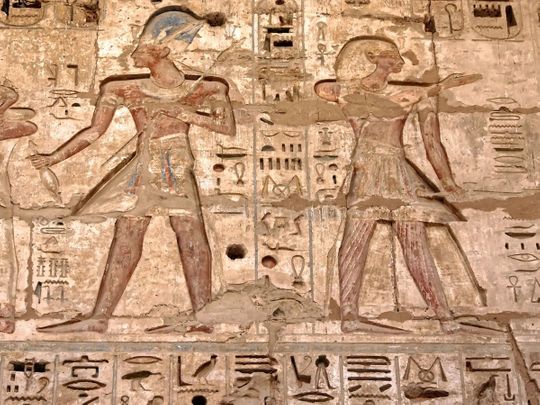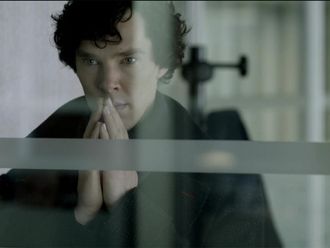
Abu Dhabi. London. New Delhi. Modern-day capital cities are united by the fact that they’re bustling metropolises, and the centre of economy and society. But have you ever wondered what ancient capitals were like?
Click start to play today’s Word Search, and spot capital cities like ‘Muscat’ and ‘Rome’.
Here are three ancient capital cities that were centres of grandeur and hives of activity during their time:
1. Thebes, Egypt
When you think of ancient Egypt, you likely think of the Great Pyramids of Giza near Cairo. But the pharaonic dynasties actually held court further up the Nile at Thebes, which was known to ancient Egyptians as ‘Waset’. As the ruling capital of Egypt from as early as 4,500 years ago, it is home to two of its most revered temples, at Karnak and Luxor. Most of Egypt’s ancient rulers are also buried nearby, in the Valley of the Kings, a World Heritage Site designated by United Nations Educational, Scientific and Cultural Organisation (Unesco) for its beautifully painted tombs. It’s considered to be the world’s most magnificent burial ground.
2. Xi’an, China
More than 3,000 years old, and known as Chang’an in years past, Xi’an served as the capital city for 13 dynasties and 73 emperors in China. The region holds the history of Zhou, Qin, Han and Tang dynasties, among others, and is full of historical ruins, museums and cultural relics. At one point, the city served as the eastern terminus of the Silk Road and saw traders from all over the world exchanging goods and ideas within its boundaries. One of the most important relics found here, is the Terra Cotta Army – 6,000 unique, life-sized statues standing guard around the tomb of the Zhou emperor Qin Shi Huang.
3. Great Zimbabwe, Zimbabwe
Near modern-day Masvingo in Zimbabwe, are the stone ruins of a massive ancient city that housed over 20,000 people at its peak. Known as Great Zimbabwe, the area was a Shona trading empire beginning around 1,100AD. Archaeologists have found not just pottery from China, India and ancient Persia, but also Arab coins in the ruins there, indicating it served as a global hub for trade. The area was declared a Unesco World Heritage Site in 1986, and age-old legends say it was the capital of the Queen of Sheba.
What do you think of these historic capitals? Play today’s Word Search and tell us at games@gulfnews.com.









